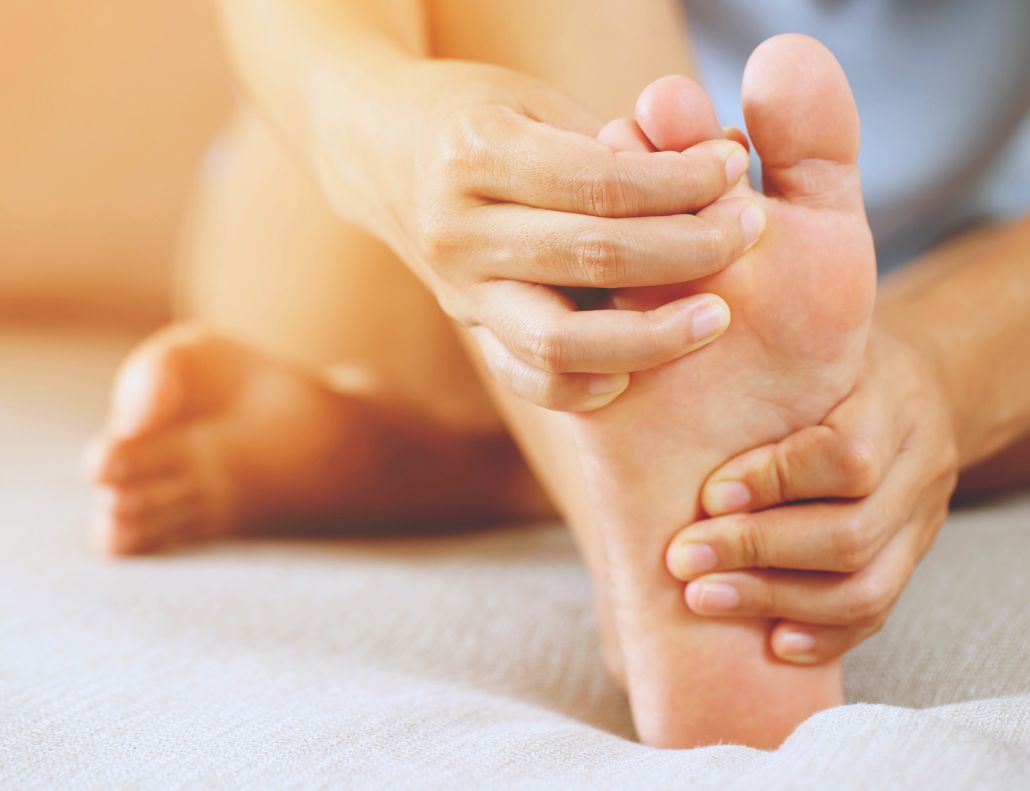
How to Treat Calluses on Feet: Effective Treatment and Prevention
Calluses on feet are a common concern that affects many people, resulting in discomfort and sometimes intense pain. Although they may seem like minor issues, it’s important to know how to treat calluses on feet properly to avoid complications. In this article, we will explore the different types of calluses, how to treat them at home, preventive measures that can be adopted, and special care for people with diabetes.
What Are Calluses and How Do They Form?
Calluses are areas of hardened and thickened skin that develop due to repeated friction and pressure. They usually appear in places such as the soles of the feet, between the toes, and on the heels. There are different types of calluses, including:
- Hard Calluses: Small areas of thick skin that generally appear on bony areas or points of high pressure.
- Soft Calluses: Form between the toes, where the skin can stay moist due to sweat, making the callus soft.
- Plantar Calluses: Appear on the soles of the feet, due to constant pressure when walking or standing for long periods.
How to Treat Calluses on Feet
When it comes to resolving calluses on feet, it’s essential to adopt specific care to prevent recurrence or infections, especially in people with conditions like diabetes. Some effective approaches include using emollient creams, gentle filing of the affected area, and, in more severe cases, consulting a podiatrist. Prevention is key, keeping the skin on the feet well-hydrated and choosing appropriate footwear to reduce the pressure and friction that cause calluses. Here are some effective treatment methods:
1. Using Callus Pads
Callus pads are a practical and effective solution to relieve pressure on the affected area, helping to soften the skin and reduce discomfort. Loja Ortopédica offers large rectangular pads, especially useful for bigger calluses. These pads are easy to apply and protect the skin from friction, promoting faster recovery.
2. Hydration and Specific Creams
Keeping the skin on the feet hydrated is crucial to prevent excessive hardening. Additionally, using appropriate creams can help soften the skin and prevent the recurrence of calluses. One recommended product is the Foot Cream with 20% Urea by Dermafeet (Ref 12.620.12). This moisturizing cream is ideal for very dry skin caused by dehydration due to illness, such as diabetes or hypothyroidism, or natural causes like aging, standing for long periods, or walking barefoot. Its formula provides effective and prolonged hydration, helping to prevent and care for dry, dehydrated, and/or cracked feet.
3. Mechanical Removal
For more persistent calluses, mechanical removal may be necessary, using a pumice stone or a special foot file. This process should be done carefully, preferably after a bath, when the skin is softer. However, it’s important to avoid excessive removal of skin, which can cause injury or infection.
4. Consulting a Podiatrist
In cases of severe or recurrent calluses, professional help may be needed. A podiatrist can assess the cause of the problem and, in some cases, recommend advanced treatments, such as orthopedic insoles or even minor procedures to safely remove the callus.
Special Care for Diabetic Feet
People with diabetes should pay special attention to foot care, as this condition can affect blood circulation and sensitivity in the lower limbs. The development of calluses can lead to serious complications if not treated properly. Here are some important tips:
- Using Special Socks
Diabetic socks are made with soft, seamless materials to help avoid friction and the formation of calluses. These socks also promote better circulation and keep the feet dry, reducing the risk of infection. - Choosing Proper Footwear
Comfortable footwear with enough room for the toes is essential to prevent the development of calluses. Diabetic individuals should choose orthopedic shoes that provide adequate support and avoid areas of excessive pressure. At Loja Ortopédica, you can find various footwear options that provide comfort and safety for diabetic feet. - Special Creams for Diabetic Feet
In addition to daily hydration care, diabetic feet require special creams to help keep the skin moisturized and prevent cracks or wounds. The diabetic foot cream from Loja Ortopédica is an excellent option, as it provides deep hydration without compromising skin integrity.
How to Prevent Calluses on Feet
Preventing calluses is possible by adopting some simple but effective daily measures. Prevention is especially important for people who spend a lot of time standing or wear inappropriate footwear. Here are some helpful tips:
1. Daily Hydration
Moisturizing your feet daily is one of the most effective ways to prevent skin hardening and callus development. Foot-specific moisturizing creams, like those available at Loja Ortopédica, help keep the skin soft and protected.
2. Choosing Comfortable Footwear
One of the main causes of calluses is wearing unsuitable footwear. It’s essential to choose shoes that offer good support and don’t put pressure on sensitive areas of the feet. Wearing orthopedic footwear can be an excellent preventive measure, ensuring comfort throughout the day.
3. Drying Feet Well
After bathing, it’s important to dry your feet thoroughly, especially between the toes, to prevent moisture buildup and soft calluses. Moisture can increase friction between the toes and lead to painful calluses.
4. Using Insoles and Protective Pads
Using orthopedic insoles and protective pads, such as the AiryPlant Pro Orliman Orthopedic Silicone Insoles, can be an effective solution to relieve pressure on the feet and prevent callus formation. These insoles are made with three types of silicone, including a soft silicone in the metatarsal and heel areas, which relieves pressure points, and a denser silicone for foot stability. They also incorporate a retrocapital support to cushion pressure points in both static and dynamic positions. Lightweight, washable, and breathable, these insoles are ideal for people who spend long hours on their feet, helping distribute pressure evenly across the feet and preventing discomfort. Available at Loja Ortopédica, these insoles are an excellent choice for those seeking additional comfort and protection.
5. Regular Foot Care
Examine your feet regularly for signs of calluses, cracks, or wounds. For those with diabetes, this check should be done more frequently, as minor injuries can quickly escalate to more serious problems.
Essential Tips to Remove and Treat Calluses at Home
Removing calluses can be a gradual process, but with proper care, lasting results can be achieved. If you’re wondering how to eliminate calluses permanently, it’s essential to adopt a foot care routine, using foot files and specific moisturizing creams to remove hardened skin layers. Additionally, there are several ways to treat calluses at home, such as using products that soften the skin, regular foot baths, and using specific pads to protect the area and relieve pressure.
According to a study by the Royal College of Podiatry, regular use of emollient creams, along with proper footwear, significantly reduces callus formation and improves foot health. The creams help maintain skin elasticity, while wider or supportive footwear distributes pressure more evenly, preventing callus formation. This approach is especially important for diabetic patients, who are more susceptible to severe complications if calluses are not properly managed. Adopting daily care routines is essential to ensure comfort and avoid complications, particularly for people with diabetes.
From using specific pads and creams to choosing appropriate footwear and adopting preventive measures, there are various ways to care for your feet effectively. If you’re looking for guidance on how to treat or prevent calluses on feet, these methods are practical and effective.
If you’re searching for products to help treat or prevent calluses, explore the options available at Loja Ortopédica, which offers practical and affordable solutions to keep your feet healthy and callus-free.



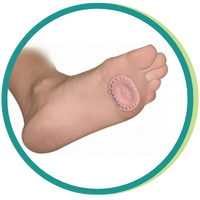
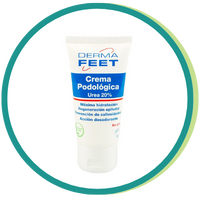
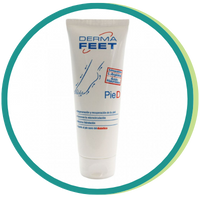
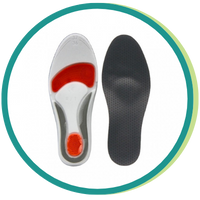

No Comments